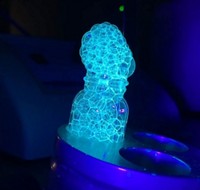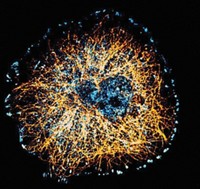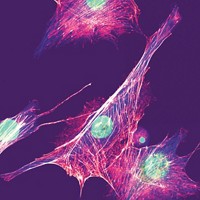Advertisement
Grab your lab coat. Let's get started
Welcome!
Welcome!
Create an account below to get 6 C&EN articles per month, receive newsletters and more - all free.
It seems this is your first time logging in online. Please enter the following information to continue.
As an ACS member you automatically get access to this site. All we need is few more details to create your reading experience.
Not you? Sign in with a different account.
Not you? Sign in with a different account.
ERROR 1
ERROR 1
ERROR 2
ERROR 2
ERROR 2
ERROR 2
ERROR 2
Password and Confirm password must match.
If you have an ACS member number, please enter it here so we can link this account to your membership. (optional)
ERROR 2
ACS values your privacy. By submitting your information, you are gaining access to C&EN and subscribing to our weekly newsletter. We use the information you provide to make your reading experience better, and we will never sell your data to third party members.
Imaging
Chemistry In Pictures
Chemistry in Pictures: Seeing inside a living brain
by Manny Morone
November 21, 2019
These glowing pathways are the blood vessels inside a living mouse’s brain, as seen from above. Hongjie Dai’s lab at Stanford University managed to get this view into a rodent’s mind by designing a multilayered, multi-element nanoparticle system that “glows” under infrared light. These nanoparticles absorb infrared light—which can penetrate through the mouse’s skin and skull into its brain—and then give off lower-energy infrared light that escapes the skull and can be isolated to make videos like this one. The nanoparticles that allow this system to work have a core containing mostly ytterbium and a little bit of cerium, erbium, and zinc. The researchers then added a shell of an ytterbium fluoride, and lastly they added a mesh of four polymer layers, the latter of which keeps the nanoparticles from clumping up inside the mouse’s bloodstream.
Credit: Hongjie Dai group.
Read the paper here: Nat. Biotechnol. 2019 DOI: 10.1038/s41587-019-0262-4
Do science. Take pictures. Win money. Enter our photo contest here.
Related C&EN Content:





Join the conversation
Contact the reporter
Submit a Letter to the Editor for publication
Engage with us on Twitter